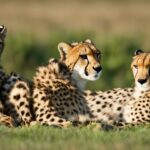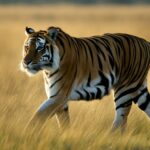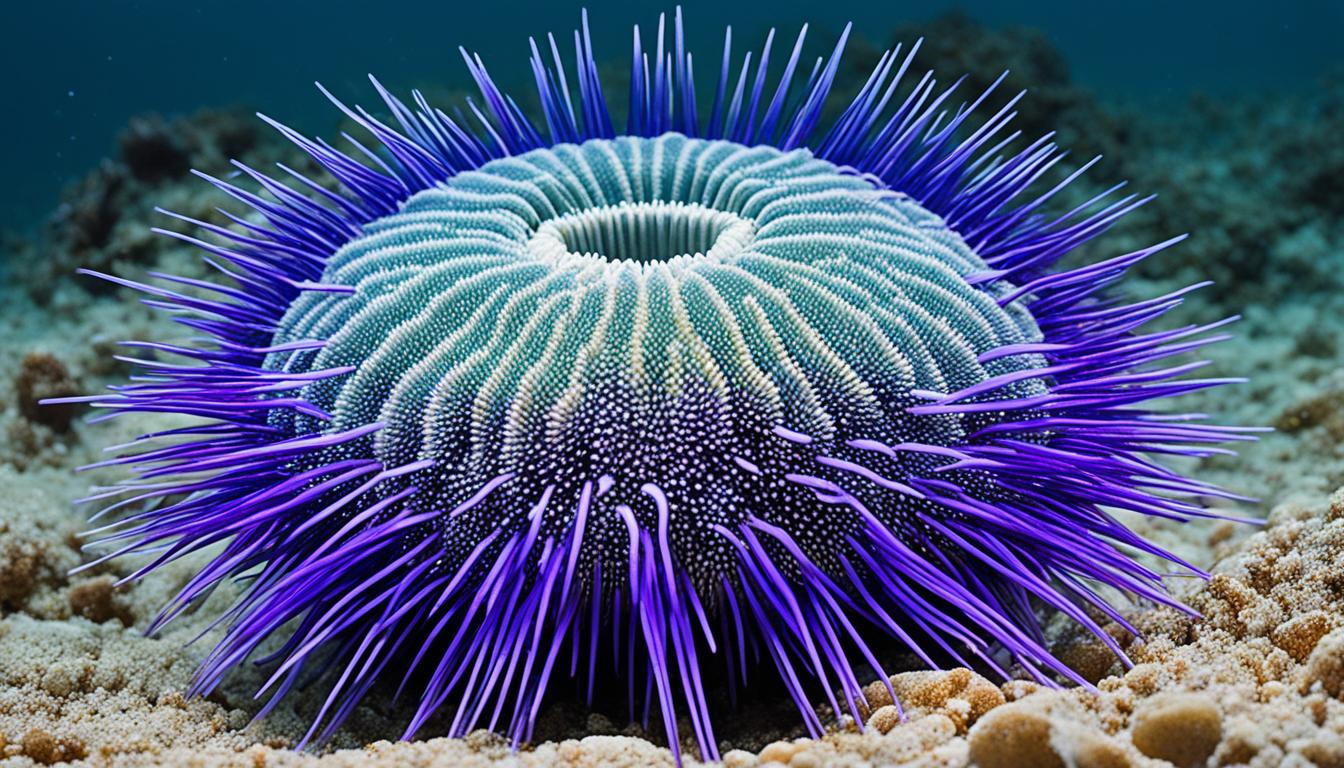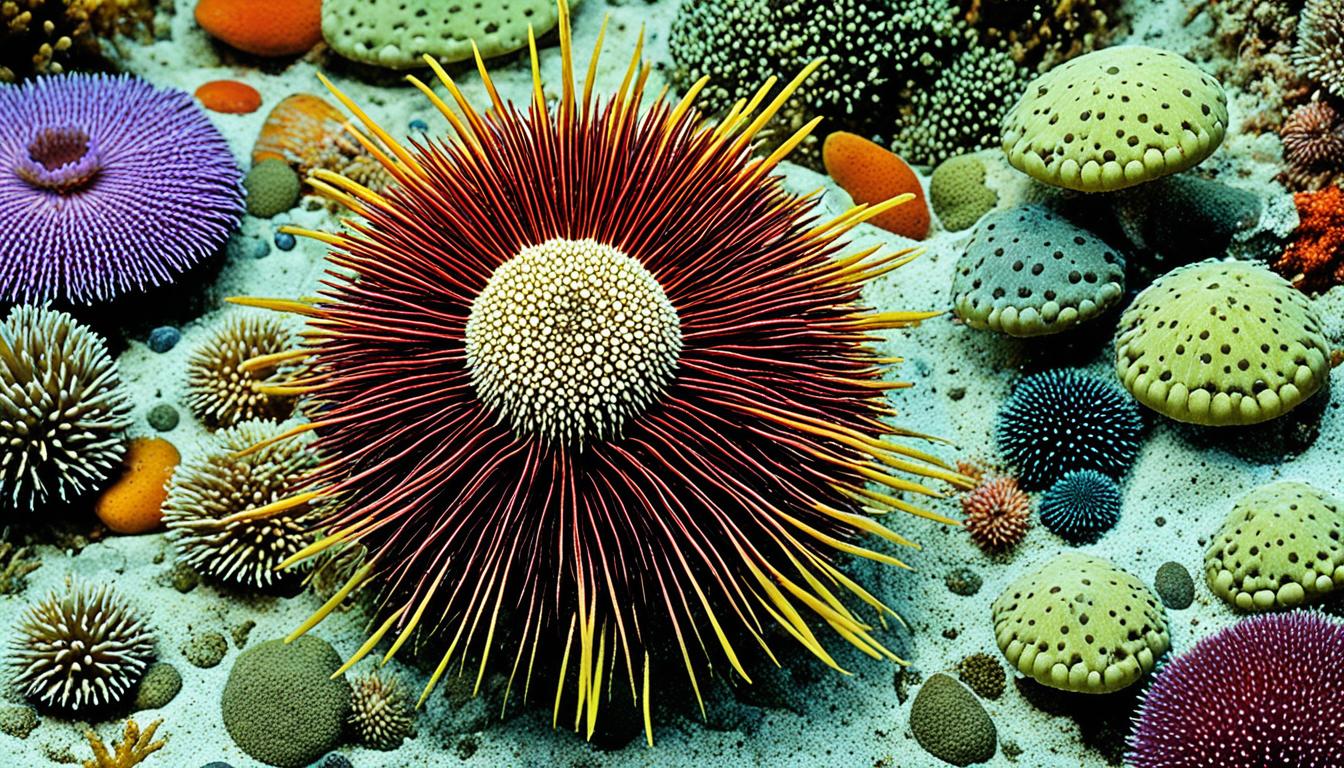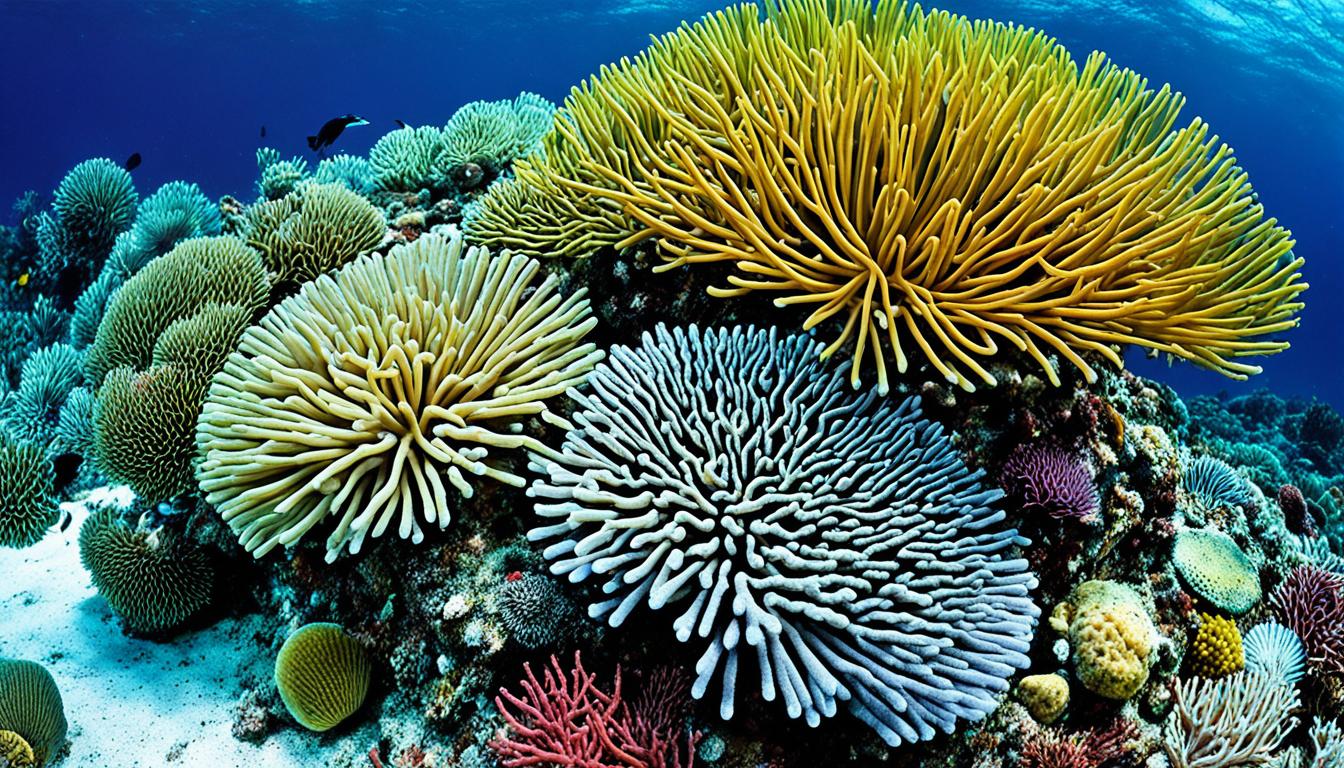In the wild, cheetahs have an average lifespan of 10-12 years, with adult males having a slightly lower average age of 8 years. Cub mortality can be as high as 90% in protected areas where proximity to large predators is greater. Adult mortality is a significant limiting factor for the survival of the wild cheetah population.
Factors Affecting Cheetah Lifespan
Several factors can impact the lifespan of cheetahs in the wild. Understanding these factors is essential for effective conservation efforts and ensuring the long-term survival of this magnificent species.
1. Adult Mortality
Adult mortality, particularly among males, is a significant factor affecting cheetah populations. Territorial conflicts often arise between adult males, leading to injuries and even death. These conflicts can limit the population’s growth and stability.
2. Cub Mortality Rate
The high cub mortality rate is a concerning issue, especially in protected areas where cheetahs often come into close proximity with larger predators such as lions and hyenas. The competition for resources and the risk of predation increase in these areas, resulting in a mortality rate as high as 90%. This poses a significant threat to the cheetah population’s survival.
3. Habitat Loss and Human-Wildlife Conflict
Cheetahs also face challenges due to habitat loss and human-wildlife conflict. As human populations expand, cheetahs’ natural habitats are being encroached upon, leading to a loss of suitable hunting grounds and fragmentation of their territories. Human-wildlife conflict, such as attacks on livestock by cheetahs, often results in retaliatory killings, further endangering the cheetah population.
4. Illegal Wildlife Trade
The illegal wildlife trade poses another threat to cheetahs. Their distinctive appearance and association with speed make them desirable in the illegal pet trade and for their skins. This trade not only contributes to the decline of the cheetah population but also fuels other criminal activities.
By addressing these factors, implementing effective conservation measures, and raising awareness about the challenges cheetahs face, we can work towards preserving this iconic species for future generations.
Physical Characteristics of Cheetahs
Cheetahs, known for their incredible speed and agility, possess a range of physical characteristics that contribute to their unique abilities. An adult cheetah typically weighs between 75 and 125 pounds, making them relatively lightweight compared to other big cats. Their slender frame, with a narrow waist and deep chest, allows for swift movement and efficient aerodynamics.
Measuring from 40 to 60 inches in length, cheetahs have a long and sleek body. Additionally, their tail can add an impressive 24 to 32 inches, bringing their total length to approximately 7.5 feet. This elongated tail not only assists in maintaining balance and stability but also acts as a signaling device during hunting and provides camouflage in their natural habitat.
One of the most recognizable physical features of a cheetah is its distinctive black tear stripes that run from the inner corner of their eyes down to the sides of their mouth. These tear stripes are thought to reduce glare from the sun, enhancing their vision while hunting. The tear stripes also serve as camouflage by reducing the reflection of light in their eyes, helping them remain inconspicuous to potential prey.
Table: Cheetah Physical Characteristics
| Characteristic | Description |
|---|---|
| Weight | 75-125 pounds |
| Length | 40-60 inches (excluding tail) |
| Tail Length | 24-32 inches |
| Tear Stripes | Distinctive black stripes from eyes to mouth |
Cheetahs’ physical characteristics demonstrate their adaptations for speed, agility, and survival in their natural habitat. These features, combined with their impressive speed and hunting prowess, make cheetahs one of the most remarkable big cats in the animal kingdom.

Adaptations for Speed
Cheetahs are renowned for their incredible speed, making them the fastest land animals on Earth. Their bodies are uniquely adapted for high-speed pursuits, allowing them to reach impressive velocities in a matter of seconds.
One of the key adaptations of cheetahs is their flexible spine, which acts like a coiled spring. This flexibility allows them to stretch their bodies to an extraordinary extent while running, maximizing their stride length and enabling them to cover more ground with each stride. Additionally, cheetahs have long, slender legs that provide a longer stride and increased speed.
“The cheetah is nature’s ultimate speed machine, built for explosive acceleration and incredible agility.”
Another remarkable adaptation is the semi-retractable claws of cheetahs. Unlike other big cats, cheetahs cannot fully retract their claws, which act like cleats, providing them with excellent traction and grip while running at high speeds. These specialized claws help them maintain stability and make sharp turns during their hunts.
Furthermore, cheetahs possess unique muscle fibers that are designed for rapid acceleration. Their muscles generate enormous power, enabling them to quickly reach their top speed of over 110 kilometers per hour (70 mph). Additionally, their long, muscular tail acts as a rudder, providing balance and stability during high-speed chases.

The Need for Speed
Cheetahs’ adaptations for speed are essential for their survival in the wild. Their incredible velocity allows them to outpace their prey, usually small to medium-sized ungulates, such as gazelles and impalas. The ability to quickly catch their prey increases their chances of a successful hunt and ensures they have enough energy to sustain themselves.
However, the need for speed comes at a cost. The intensive energy expenditure during high-speed chases leaves cheetahs exhausted, and they require significant recovery time to replenish their energy reserves. This vulnerability makes them more susceptible to losing their kills to larger predators, such as lions or hyenas, which can easily overpower the exhausted cheetah.
| Adaptation | Function |
|---|---|
| Flexible spine | Enables maximum stride length |
| Long, slender legs | Provides longer strides |
| Semi-retractable claws | Offers enhanced traction and grip |
| Specialized muscle fibers | Generates powerful acceleration |
| Long, muscular tail | Provides balance and stability |
In conclusion, cheetahs possess a range of remarkable adaptations that allow them to achieve unparalleled speed and agility. Their flexible spine, slender legs, semi-retractable claws, specialized muscles, and muscular tail all contribute to their incredible running capabilities. However, the need for speed also presents challenges and trade-offs for these magnificent creatures in their quest for survival.
Conclusion
Cheetahs, one of the most magnificent creatures on Earth, face a multitude of challenges that threaten their very existence. Habitat loss, human-wildlife conflict, and the illegal wildlife trade are just a few of the threats that these beautiful animals must confront. However, there is hope.
Conservation efforts are underway to protect and preserve cheetah populations. Organizations like the African Wildlife Foundation and the Cheetah Conservation Fund are leading the way in safeguarding these incredible species. By addressing the root causes of cheetah endangerment and promoting sustainable solutions, we can make a real difference in their survival.
One of the unique challenges cheetahs face is their low genetic diversity. Thousands of years ago, a population bottleneck occurred, resulting in a limited gene pool. This lack of genetic variation makes cheetahs more susceptible to diseases and other threats. It is crucial that we prioritize genetic management and breeding programs to enhance the species’ resilience.
In conclusion, the conservation of cheetahs is an urgent priority. By raising awareness, supporting conservation organizations, and implementing sustainable practices, we can ensure the long-term survival of these incredible animals. Together, we can protect the diversity of cheetahs and secure a brighter future for them and generations to come.
Does the Declining Population of Cheetahs Affect Their Average Lifespan in the Wild?
The declining cheetah population in the wild has had a significant impact on their average lifespan. With fewer cheetahs, competition for resources increases, leading to malnutrition and vulnerability to predators. Inbreeding also becomes a concern, causing genetic defects that can shorten cheetahs’ lifespans.
FAQ
What is the average lifespan of a cheetah in the wild?
In the wild, cheetahs have an average lifespan of 10-12 years, with adult males having a slightly lower average age of 8 years.
What factors affect the lifespan of cheetahs?
Several factors can affect the lifespan of cheetahs in the wild, including adult mortality, cub mortality, habitat loss, human-wildlife conflict, and the illegal wildlife trade.
How much do adult cheetahs weigh and how big are they?
Adult cheetahs typically weigh between 75 and 125 pounds and measure from 40 to 60 inches in length. Their tail can add an additional 24 to 32 inches, bringing the total length to around 7.5 feet.
What are the adaptations that contribute to a cheetah’s incredible speed?
Cheetahs have a unique body structure and adaptations that contribute to their incredible speed, including a flexible spine, long legs, semi-retractable claws, and specialized muscles. Their long, muscular tail acts as a rudder, providing balance and stability during high-speed chases.
What are the main threats to cheetahs?
Cheetahs face numerous threats, including habitat loss, human-wildlife conflict, and the illegal wildlife trade. Their low genetic diversity, resulting from a population bottleneck thousands of years ago, also presents challenges for their survival.




